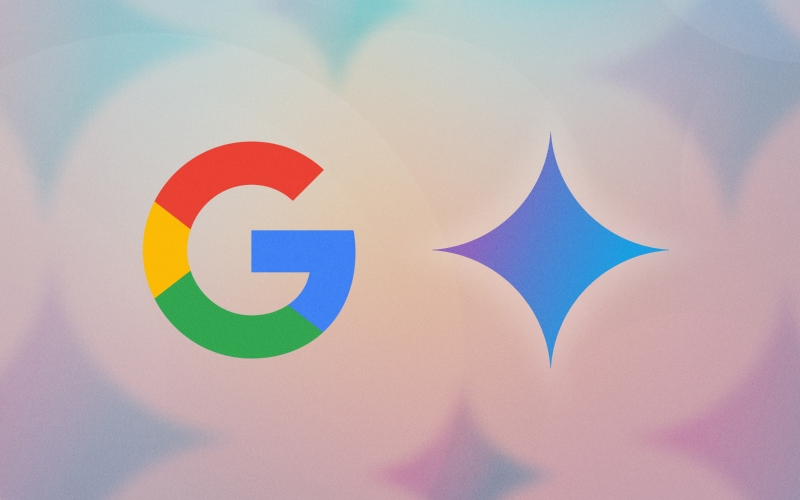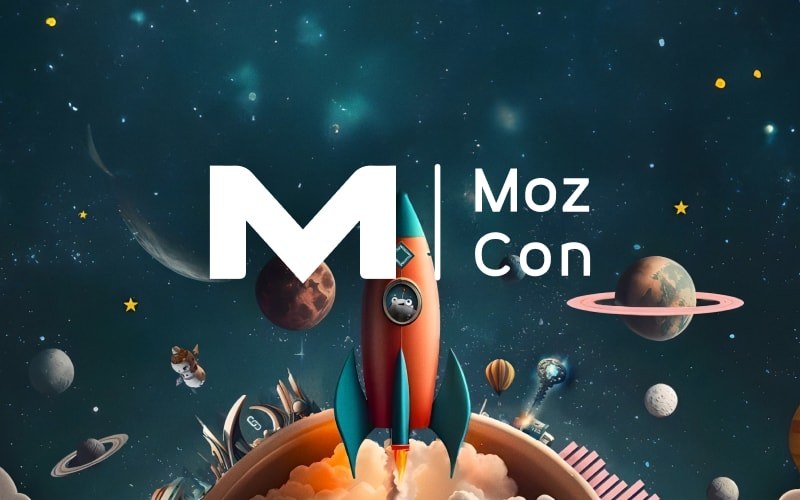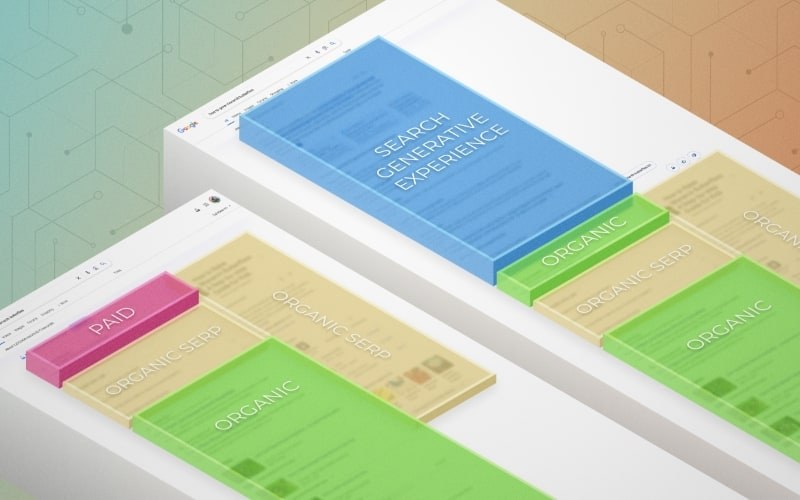Search
Want to achieve something greater than the sum of its parts? Learn six ways to coordinate SEO and PPC.
Web traffic is the lifeblood of any online platform, website, app or digital presence. The amount of visitors a website generates will ultimately be one of the key factors that determines business success online. This is pretty much undisputable.
Something that is disputable, however, is the age-old battle of organic search (SEO) vs. pay-per-click, or PPC. Even search marketers are split on the topic of which traffic generating approach is best.
A client once asked me, “What’s better: paying for clicks or getting free clicks?”
There is no such thing as free clicks.
Sure, organic traffic is free, and it’s available for businesses of all shapes and sizes. Unfortunately, it isn’t possible to guarantee a ranking in the top spots for industry keywords that drive the majority of sales and traffic. In fact, depending on the type of search query and how many paid ads are above it, that coveted top spot on Google gets anywhere from 24 to 30 percent of all clicks.
The top five spots get 60 to 70 percent of total clicks. In other words, if you’re not ranking in the top half of the first page of Google’s search results, good luck! You might as well take your shoes off, let your hair down and let it go Elsa style, because no one is coming to your website.
That’s where PPC, also called paid search, comes in. Over the past few years, Google has made great strides to improve the quality of its paid search ads and enhance the user experience. From product listing ads and call extensions to the elimination of sidebar ads and the addition of reviews, Google’s paid ads are taking over the search engine results page.
Don’t think anyone clicks on paid search ads? Think again.
A 2016 search marketing study conducted by WordStream reported that 64.4 percent of people click on Google Ads when the search query has high commercial intent. This is partly because paid results now account for more than 85 percent of pixels above the scroll on the search page. These days, you have to do more scrolling than an Egyptian papyrus maker to even get to the organic results.
The other reason for the growing percentage of clicks going to paid search ads is increasing competition in the arena of paid search. This competition has led to higher quality ads. Search marketers know that higher quality ads – ads that perfectly match the user’s search intent – greatly reduce the cost-per-conversion and thus improve their return on advertising spend. More than ever, PPC specialists are hyper-targeting their campaigns, organizing their ad account structures more carefully and delivering better results to searchers.
The overall effect of higher quality ads and greater paid search real estate is the ambiguity between organic listings and paid listings. In fact, 45.5 percent of people couldn’t tell the difference between organic and paid listings on the search engine results page if paid ads appeared in the center column.
Here comes the but…
Any long-term web marketing strategy should always include search engine optimization. Organic search engines don’t just drive the majority of total Internet traffic; they also drive the highest quality traffic.
Ignoring organic results would severely limit web traffic potential. The key is understanding what is achievable, how to make it happen, how costly it will be and the expected outcomes.
We shouldn’t operate in an either/or environment. Brands don’t choose between public relations and web design; both are required, and leaders know it’s important to understand how one impacts the other.
At the end of the day, both organic search and paid search are important components to any long-term digital marketing strategy. How and when a business employs these tactics depends on the goal. In most cases, however, SEO and PPC are most effective when they function as complementary efforts. Rather than thinking of them as separate strategies, they are really two sides of the same coin.
Here are several ways to coordinate SEO and PPC to achieve something greater than the sum of its parts:
1. A 50 percent lift in incremental clicks even for the top organic result
In an SEO and PPC research study, Google’s own team of researchers concluded that across the board, 89 percent of the clicks from search ads are incremental. In other words, 89 percent of the visits to the advertiser’s site from ad-clicks are not replaced by organic clicks when the search ads are paused. In a follow-up study, Impact of Organic Ranking on Ad Click Incrementality, Google’s researchers did an even deeper dive and discovered the following:
- Eighty-one percent of ad impressions and 66 percent of ad clicks occur in the absence of an associated organic result on the first page of search results.
- Half of the ad clicks for a top-ranked organic result are incremental.
- The estimate for average incrementality of the ad clicks increases when the rank is lower; 82 percent of the ad clicks are incremental when the associated organic search result is between ranks two and four.
- Ninety-six percent of the ad clicks are incremental when the advertiser’s organic result ranks lower than four (i.e., five and below).
2. Visibility
Using both SEO and PPC on strategic keyword topics to gain more exposure helps build brand awareness. Two really is better than one: it’s tempting to decrease PPC budgets once a search term organically ranks number one, but those top paid results aren’t cannibalizing organic traffic; they are helping drive more overall visitors.
3. Big data
By sharing keyword data like search volume, clicks, CTR, CPC, conversion rate and competitor information between SEO and PPC, you can help build a more robust digital presence. Doubling down on your search data can help inform better optimization strategies and tactics across SEO, PPC, social media and beyond.
4. Leveraging PPC insights for SEO
Paid search ad performance insights can be valuable for organic search engine optimization. Taking what works for PPC and modifying it for SEO – think title tags, meta descriptions and content organization – is a valuable tactic for search engine specialists. Using the benefit of immediate results from PPC can help focus efforts and prioritize SEO strategy. Using PPC campaign data, search specialists can prioritize SEO around higher converting keywords and write title tags for SEO based on PPC ads with higher CTRs.
5. Leveraging SEO insights for PPC
A treasure trove of organic search data like search queries, organic search volume, organic search attributed conversions and conversion rates, organic CTR and even site search data is available at your fingertips! This information can help PPC advertisers generate new campaign keyword ideas, conversion rate goals and paid campaign benchmarks.
6. Completing the consumer journey
Both SEO and PPC play important but different roles in the consumer purchase journey. Since you can’t be everywhere and everything to everyone in a paid capacity, SEO is critical for research-based, top-of-the-funnel marketing. When people are searching “how to” and “ideas for,” SEO is there to provide inspiration and information. When that same consumer is further down the road to purchase, PPC is there for last-click conversion searches.
Need help integrating SEO and PPC?
Wray Ward’s search marketing team has experience building complementary SEO and paid search campaigns that leverage the best of both worlds. Contact us today if you’re interested in leveraging insights from cross-channel search campaigns to help drive a higher return on investment for your search engine marketing.


